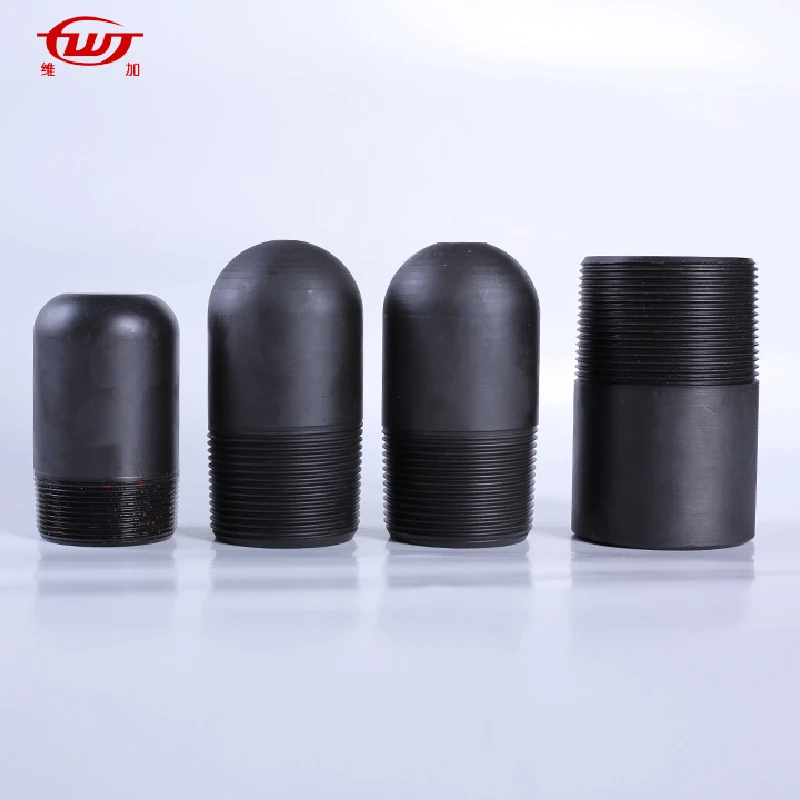- Afrikaans
- Albanian
- Amharic
- Arabic
- Armenian
- Azerbaijani
- Basque
- Belarusian
- Bengali
- Bosnian
- Bulgarian
- Catalan
- Cebuano
- Corsican
- Croatian
- Czech
- Danish
- Dutch
- English
- Esperanto
- Estonian
- Finnish
- French
- Frisian
- Galician
- Georgian
- German
- Greek
- Gujarati
- Haitian Creole
- hausa
- hawaiian
- Hebrew
- Hindi
- Miao
- Hungarian
- Icelandic
- igbo
- Indonesian
- irish
- Italian
- Japanese
- Javanese
- Kannada
- kazakh
- Khmer
- Rwandese
- Korean
- Kurdish
- Kyrgyz
- Lao
- Latin
- Latvian
- Lithuanian
- Luxembourgish
- Macedonian
- Malgashi
- Malay
- Malayalam
- Maltese
- Maori
- Marathi
- Mongolian
- Myanmar
- Nepali
- Norwegian
- Norwegian
- Occitan
- Pashto
- Persian
- Polish
- Portuguese
- Punjabi
- Romanian
- Russian
- Samoan
- Scottish Gaelic
- Serbian
- Sesotho
- Shona
- Sindhi
- Sinhala
- Slovak
- Slovenian
- Somali
- Spanish
- Sundanese
- Swahili
- Swedish
- Tagalog
- Tajik
- Tamil
- Tatar
- Telugu
- Thai
- Turkish
- Turkmen
- Ukrainian
- Urdu
- Uighur
- Uzbek
- Vietnamese
- Welsh
- Bantu
- Yiddish
- Yoruba
- Zulu
tubing crossover
Understanding Tubing Crossovers in Oil and Gas Operations
In the oil and gas industry, tubing crossovers play a crucial role in ensuring the safe and efficient transfer of fluids from the wellhead to the surface. A tubing crossover is a specialized piece of equipment that acts as a connector between different types of tubing or completion systems. It facilitates the transition between varying pipe sizes, allowing operators to customize their arrangements based on specific well conditions and operational requirements. This article delves into the significance, types, and applications of tubing crossovers in drilling and production operations.
The Significance of Tubing Crossovers
In the dynamic environment of oil and gas extraction, flexibility is key. Wells can exhibit vastly differing pressures, temperatures, and fluid characteristics. Tubing crossovers allow for an adaptable setup that can accommodate changes in production strategy or equipment design without the need for complete overhauls. This adaptability not only streamlines operations but also minimizes downtime and associated costs.
Moreover, tubing crossovers enhance safety by ensuring proper alignment and secure connections between various tubing sections. By utilizing well-designed crossovers, operators can mitigate the risks of leaks and failures that could potentially lead to hazardous situations or environmental damage. Hence, selecting the appropriate crossover type is not only an operational decision but also a critical safety measure.
Types of Tubing Crossovers
Several types of tubing crossovers are available, each designed for specific applications and operational environments. The most common types include
tubing crossover

1. Standard Crossovers These are typically used to connect two tubing sizes with differing threads or specifications. They facilitate seamless transitions while maintaining integrity and pressure control.
2. Flanged Crossovers These crossovers feature flanged ends that can be bolted together, suitable for high-pressure applications where a robust connection is paramount. They use a two-part assembly that allows for easier maintenance and replacement.
3. Swivel Crossovers These are designed to allow rotation during installation and operation, accommodating movement without stressing the connecting joints. They are particularly useful in directional drilling operations.
4. Custom Crossovers In some cases, operators may require custom-designed crossovers to meet unique specifications or challenge-specific scenarios. Manufacturers often provide tailored solutions to ensure compatibility with the well's characteristics.
Applications in Drilling and Production
Tubing crossovers find application in various stages of drilling and production. During drilling, they can be employed to connect the drill string to casing or production tubing, enabling efficient fluid management. In production, these crossovers are essential for linking different completion components, allowing for effective flow from the reservoir to surface facilities.
In summary, tubing crossovers are indispensable in the oil and gas industry, providing flexibility, safety, and efficiency in well operations. Understanding their types and applications helps operators optimize production processes and enhance overall performance. As technology advances, the design and functionality of tubing crossovers will continue to evolve, further streamlining operations in this critical sector.
-
Tubing Pup Joints: Essential Components for Oil and Gas OperationsNewsJul.10,2025
-
Pup Joints: Essential Components for Reliable Drilling OperationsNewsJul.10,2025
-
Pipe Couplings: Connecting Your World EfficientlyNewsJul.10,2025
-
Mastering Oilfield Operations with Quality Tubing and CasingNewsJul.10,2025
-
High-Quality Casing Couplings for Every NeedNewsJul.10,2025
-
Boost Your Drilling Efficiency with Premium Crossover Tools & Seating NipplesNewsJul.10,2025







